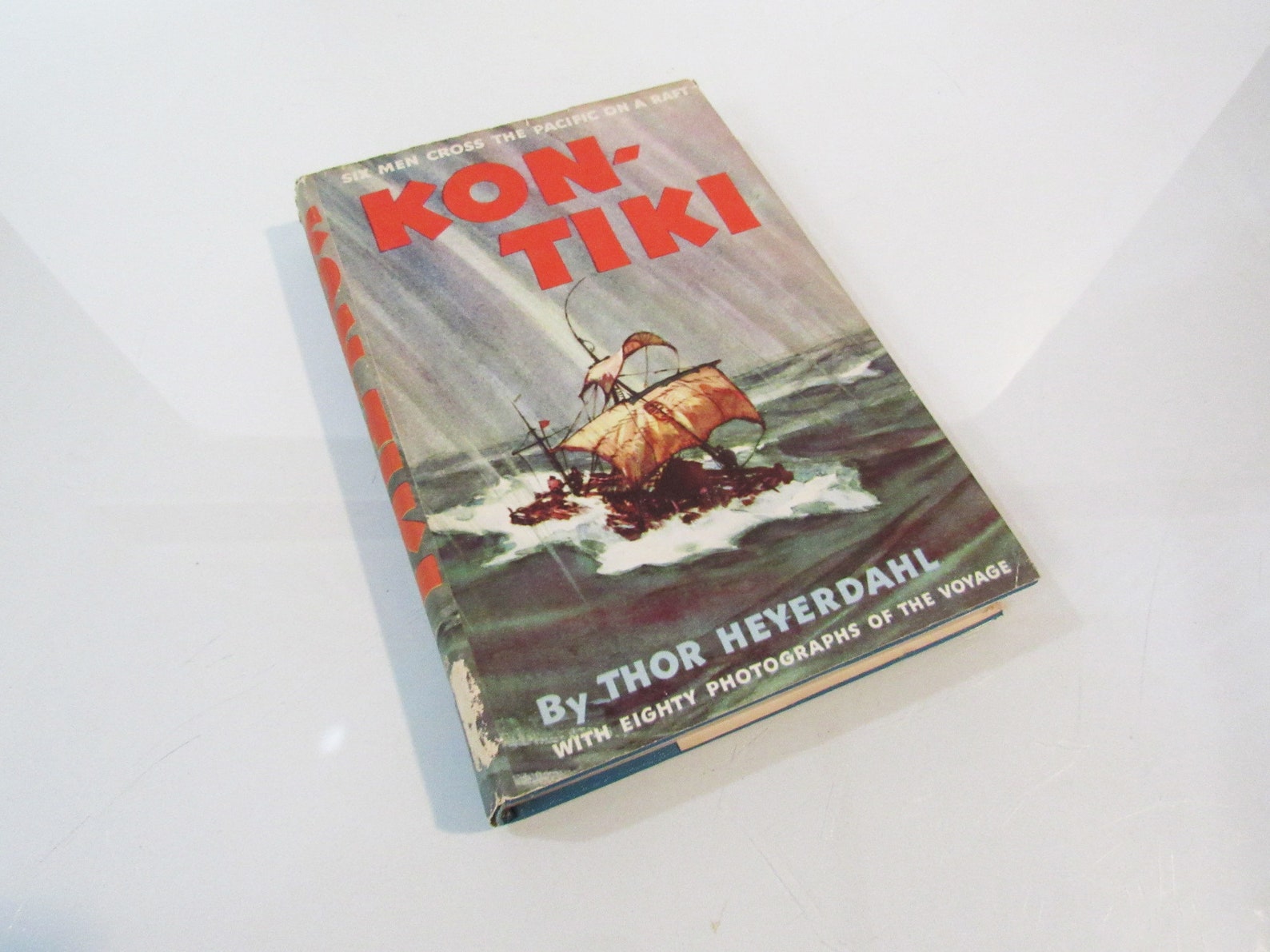

Although the expedition carried some modern equipment, such as a radio, watches, charts, sextant, and metal knives, Heyerdahl argued they were incidental to the purpose of proving that the raft itself could make the journey.

His aim in mounting the Kon-Tiki expedition was to show, by using only the materials and technologies available to those people at the time, that there were no technical reasons to prevent them from having done so. Heyerdahl believed that people from South America could have reached Polynesia during pre-Columbian times. A 2012 dramatized feature film was nominated for the Academy Award for Best Foreign Language Film. A 1950 documentary film won the Academy Award for Best Documentary Feature. Heyerdal’s book on the expedition was entitled The Kon-Tiki Expedition: By Raft Across the South Seas. The raft was named Kon-Tiki after the Inca god Viracocha, for whom "Kon-Tiki" was said to be an old name. The Kon-Tiki expedition was a 1947 journey by raft across the Pacific Ocean from South America to the Polynesian islands, led by Norwegian explorer and writer Thor Heyerdahl. The Kon-Tiki raft at the Kon-Tiki Museum, Oslo


 0 kommentar(er)
0 kommentar(er)
